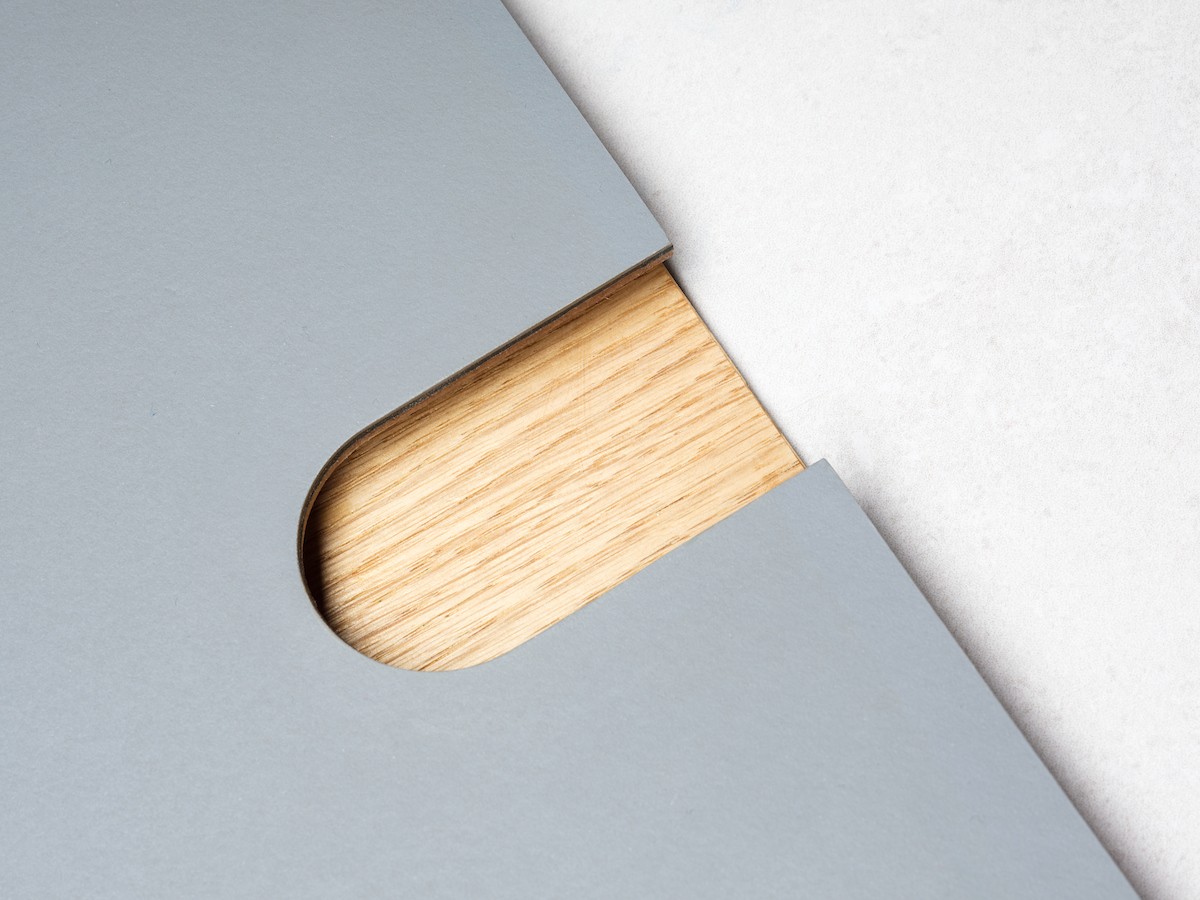
Are you thinking about buying kitchen cabinetry? Colour and style are not everything. Before you order the furniture, browse the most common materials. What furniture is made of impacts its price and durability.
Most carpenters and virtually all modular furniture manufacturers make their kitchen cabinetry frames (side walls and inner shelves) with film faced MDF or veneered particle board. The frames are white as standard. Other basic colours for frames are also available, usually for surcharge, like dark brown (e.g. IKEA), grey and light wood colours.
Yet another department is furniture made of metal. Once featuring almost exclusively in factory kitchens, they have been used more and more often for loft style kitchen arrangements to produce an industrial ambience.
We have a much wider choice when it comes to kitchen cabinet fronts. The market abounds in natural and wood-effect materials, with basically unlimited colour possibilities.
A particle board is one of the most commonly used materials in the manufacture of kitchen cabinet fronts. It owes its popularity mainly to low prices and an extensive colour range. The boards can be faced with film, veneer or lacquered.
The film faced board does not perform very well when exposed to moisture, as the facing will peel off and the board will chip. Given its fragile structure, manufacturers use it only in simple furniture applications, without moulding or rounding.
In terms of strength, the MDF board performs better than the particle board. When properly sealed, MDF will equal the wood's durability, being considerably cheaper at the same time.
Hardwood, usually oak and beech, is also used for making kitchen fronts. This is however one of the most expensive options on the market.
How your furniture looks and resists wear does not solely depend on materials used, but also, and primarily, what it is coated with. There is again a wide array of options.
The most cost-effective of them is foil moulded in a thermal process. A board wrapped in foil displays smooth surface. However, even with the benefits of wide colour selection and multiple wood, stone or concrete effect variants, this finishing solution will not last long in your kitchen due to the fragile structure of this facing material.
On the other hand, the solution which has gained recognition for strong performance is the painted and lacquered MDF board. One of the most popular facings, it makes fronts very resistant, wear proof and easy to clean. A broad colour choice gives you virtually limitless freedom to find the right tone for your kitchen fronts.
Also a very popular and durable solution, veneers offer great looks in the first place. It is a perfect pick for those who have a liking for the wooden appearance of their furniture. A veneer sheet is an organic wood layer of approx. 0.5-0.8 cm glued to a board. This gives you the attractive appearance of wood together with its natural colour shading and grain.
View our UNI VERN collection of fronts in natural straight grain oak, or the DEEPU collection of fronts in oil-coated smoked oak.
Those of you who would like to forget the wood and the evergreen plain white, and prefer venturing into the unknown will surely be interested in fronts faced with steel, brass or concrete. Experimenting with these materials provides ideal solutions for industrial interiors and the recently fashionable boho style.
For elegant interiors we recommend the brass faced fronts from the UNI BRASS range. The brass finishes combined with engineered stone or genuine granite will add eclectic touch to your kitchen.
The MDF board is also more and more often covered with linoleum, which is durable and comes in a wide selection of colours. This interesting natural material gives the kitchen a unique quality of warmth and softness. It is also resistant to denting and wear, as well as easy to clean.
A kitchen worktop is a surface most exposed to temperature changes, moisture and intensive stains from red wine spills. How to choose a material it should be made of in order to both please the eye and be practical? Match a worktop to the interior style and... your lifestyle.
A rather unsightly board emulating terrazzo or wood springs to your mind as a vision of a laminate worktop? Wrong! A monochrome laminate like the Laminat Fenix has been the top choice in kitchens arranged in the minimalistic style, with colour range to match each set of furniture.
Since nearly a decade, a lot of Polish kitchens inspired by the Scandinavian style feature timeless wood. The worktops made of one-piece of wood (usually oak or beech) come properly sealed with wax or oil for resistance to contamination and moisture. What are the benefits of this solution? It brings warmth and cosiness into your room. It needs to be pointed out however that wood is quite vulnerable to strong colours and sunlight, so its colour will normally change with time.
The minimalistic interiors, where furniture is a background, will blend perfectly with conglomerate worktops, being a natural mix of minerals and resins. They are exceptionally durable, water resistant and wear proof, whereas their plasticity offers most interesting visual effects.
If you are keen on smart, classic finish, consider stone. Granite is extremely solid, and finds application in almost every style thanks to its rich colour palette. We recommend matching your Provençal or rustic style furniture with a stone worktop which is associated with luxury.
Or you may be dreaming of breaking the mould with an unconventional solution? Take a glance at more and more popular steel. Its noble, cool form will perfectly complement a contemporary looking kitchen.